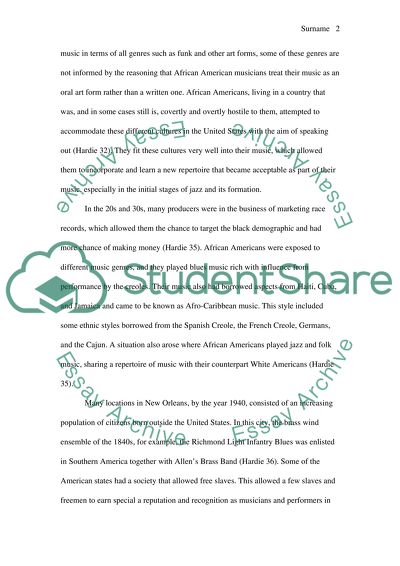Cite this document
(“Term paper Essay Example | Topics and Well Written Essays - 2250 words - 1”, n.d.)
Term paper Essay Example | Topics and Well Written Essays - 2250 words - 1. Retrieved from https://studentshare.org/music/1464179-term-paper
Term paper Essay Example | Topics and Well Written Essays - 2250 words - 1. Retrieved from https://studentshare.org/music/1464179-term-paper
(Term Paper Essay Example | Topics and Well Written Essays - 2250 Words - 1)
Term Paper Essay Example | Topics and Well Written Essays - 2250 Words - 1. https://studentshare.org/music/1464179-term-paper.
Term Paper Essay Example | Topics and Well Written Essays - 2250 Words - 1. https://studentshare.org/music/1464179-term-paper.
“Term Paper Essay Example | Topics and Well Written Essays - 2250 Words - 1”, n.d. https://studentshare.org/music/1464179-term-paper.


